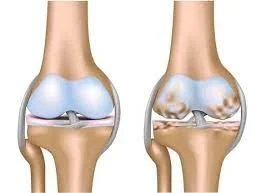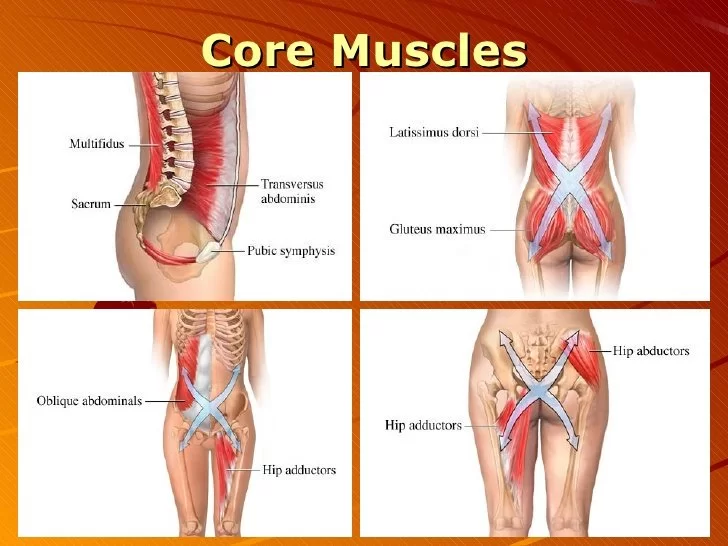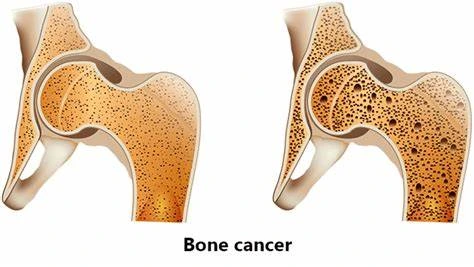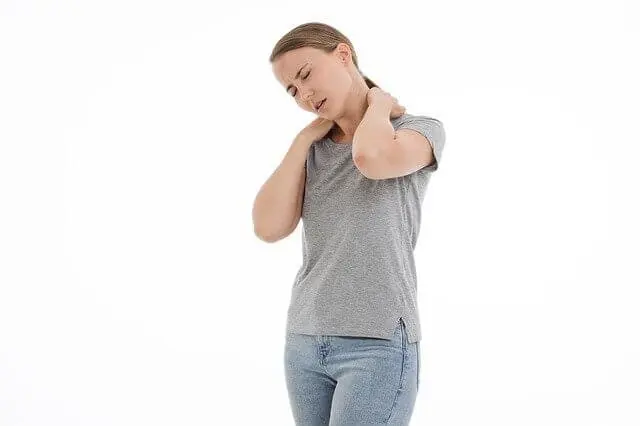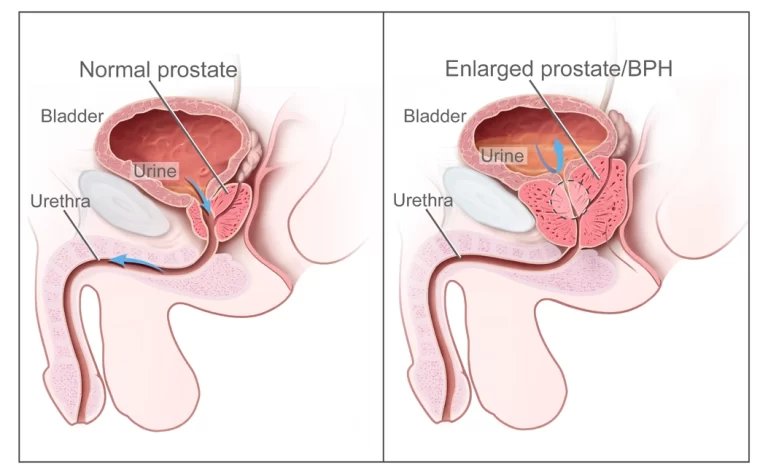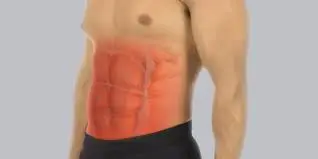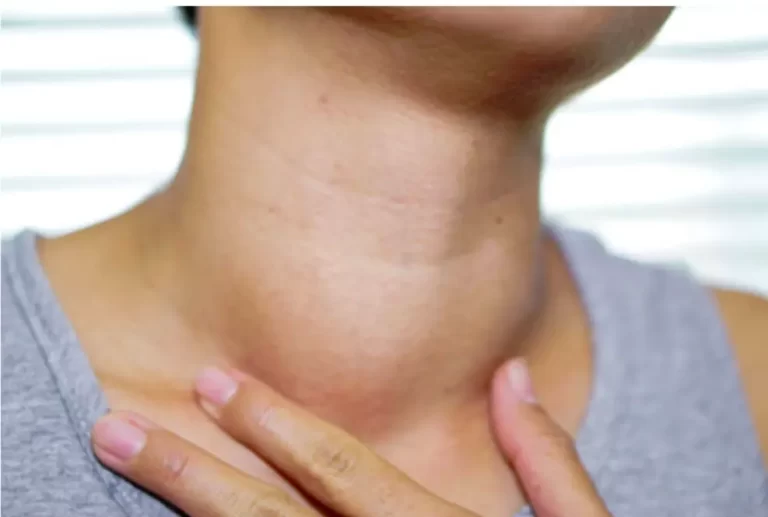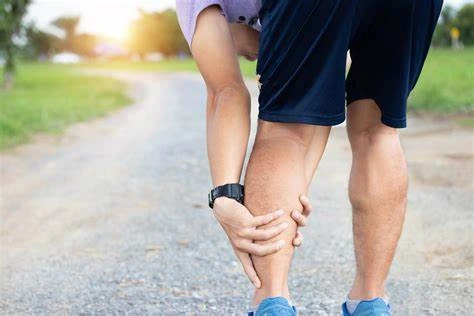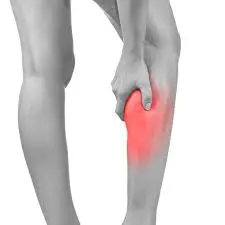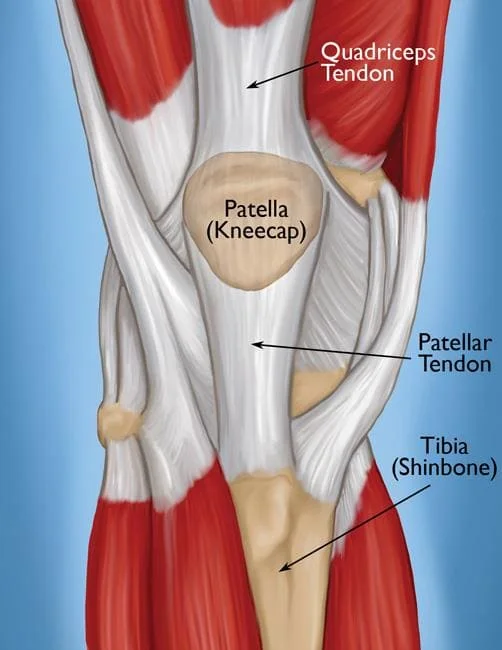Bone Spurs (Osteophytes)
Understanding Bone Spurs (Osteophytes) Definition and Overview of Bone Spurs Importance of Addressing Bone Spurs Common Locations of Bone Spurs Causes of Bone Spurs Aging and Degenerative Conditions Aging and general wear and tear on the joints over time are considered the primary causes of bone spurs. As we get older, the cartilage that cushions…

